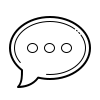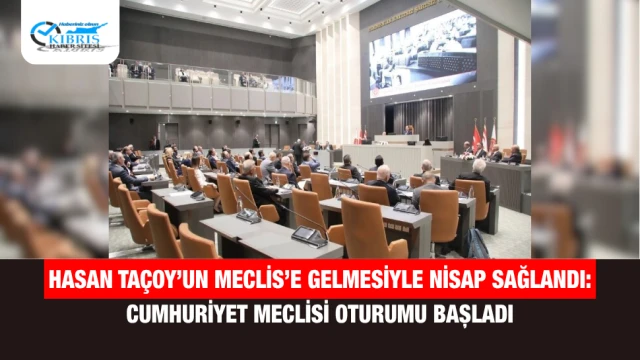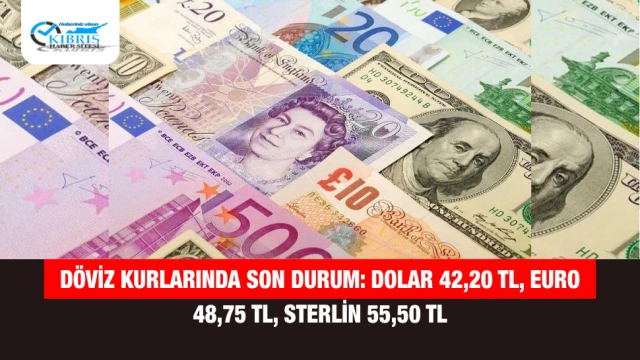Newly industrialized countries (NIEs) are countries that have made a leap in socio-economic indicators over the past ten years. The economies in these countries in a short time have moved from developing countries to highly developed ones.
they are divided into NIS of the first wave, the second wave, the third wave and the fourth wave.
The first wave includes the following countries: Republic of Korea, Singapore, Taiwan, Hong Kong. they are also called "Asian tigers"
The following countries belong to the second wave: Argentina, Brazil, Mexico, Chile, Uruguay.
The third wave includes the following countries: Malaysia, Thailand, India, Cyprus, Tunisia, Turkey, Indonesia.
The fourth wave includes the following countries: China, Philippines, Vietnam.
common feature of these countries:
1.The leading industry is the manufacturing industry.
2.In all these countries, the external market is important
In these countries, the use of high technologies is developing. production of clothes, household appliances, toys and computers, shoes main products for the world market.
The new industrial countries emerged due to the disintegration of the Eastern European segment of world socialism. these states include: Azerbaijan, Albania, Armenia, Belarus, Bulgaria, Bosnia and Herzegovina, Georgia, Hungary, Moldova, Kazakhstan, Macedonia, Latvia, Kyrgyzstan, Russia, Lithuania, Poland, Serbia, Romania, Slovenia, Ukraine, Montenegro, Slovakia, Czech Republic, Croatia, Estonia, Tajikistan, Slovakia, Turkmenistan, Uzbekistan.
The CIS countries, which preferred the regime of capitalism, moved into deindustrialization in a short time. The high death rate has caused a reduction in the rate of population growth.
1) countries of Central Europe and the Baltics;
2) CIS countries.
In the first group, socialism began after World War II.
transitional economy
transitional economy-characterized by instability, violation of the integritу;
characterized quality and quantitative changes; change in social relations.
Asian NIS are oriented towards external sources. Latin American NIS are focused on internal sources of self-development.
In terms of income per capita, NIS are divided into:
highly profitable ($9,000 per year);
average income level (8.5 thousand dollars a year);
low level of development (less than $750 per year).
Closed economies: Brazil, Argentina.
Countries with relatively closed economies: India, Mexico.
Countries with a semi-open economy: Cyprus, Turkey.
Countries with relatively open economies: Indonesia, Korea, Hong Kong Taiwan.
Open economies: Thailand, Singapore, Tunisia, Philippines, Malaysia.
In order to attract foreign capital into their industry, NIS governments have moved to countries with developed infrastructure near seaports.
The leading branch of NIS development is the manufacturing industry. With the development of foreign economic relations, NIS has gained importance in the world economy. NIS countries supply the world market with such products as textiles, shoes, clothing, electrical products. These products are competitive.
In the NIS countries, there is a merger of industrial and banking capital. This is typical for the following countries: Taiwan, South Korea, Singapore, Hong Kong, Brazil, Mexico. Countries where exports of manufactured goods exceed 50% have very high growth rates.
investment of Western countries in the NIS has a special place for the promotion of these countries in the foreign market. In recent years, investment in NIS countries has increased.
Capital investments have a positive effect on the economy of NIS. Investments open up opportunities for creating new jobs, improve the socio-economic situation of the population.
NIS development problems
In terms of the level of development, the problems facing the NIS vary. need to improve and increase competitiveness. One of the problems is the interdependence of NIS countries. Another problem is the debt of Latin American countries. Another problem is that the Modernization is completed, and ideas are needed for further development prospects.
Russian connections with NIS
Trade between countries increased, relations with NIS improved, agreements were signed.
At present, the development of the newly industrialized countries has acquired dynamism, certain changes have taken place in public life.
The economic connection between the subjects both in the external and in the internal market is also growing.
NIS supplies raw materials and food products to the world market - raw materials without oil, liquid fuels, food products.
Dr.Yaşam Ayavefe




























Yorum Yazın